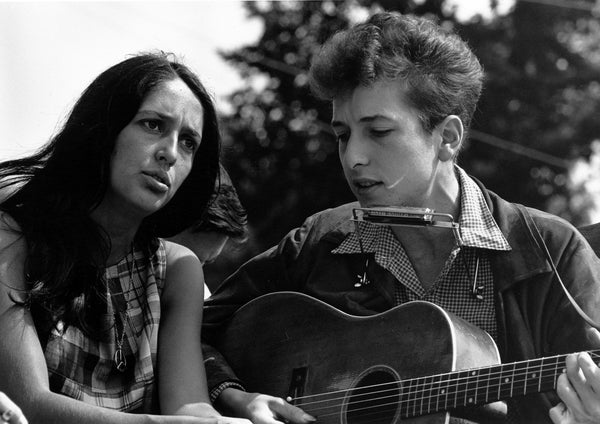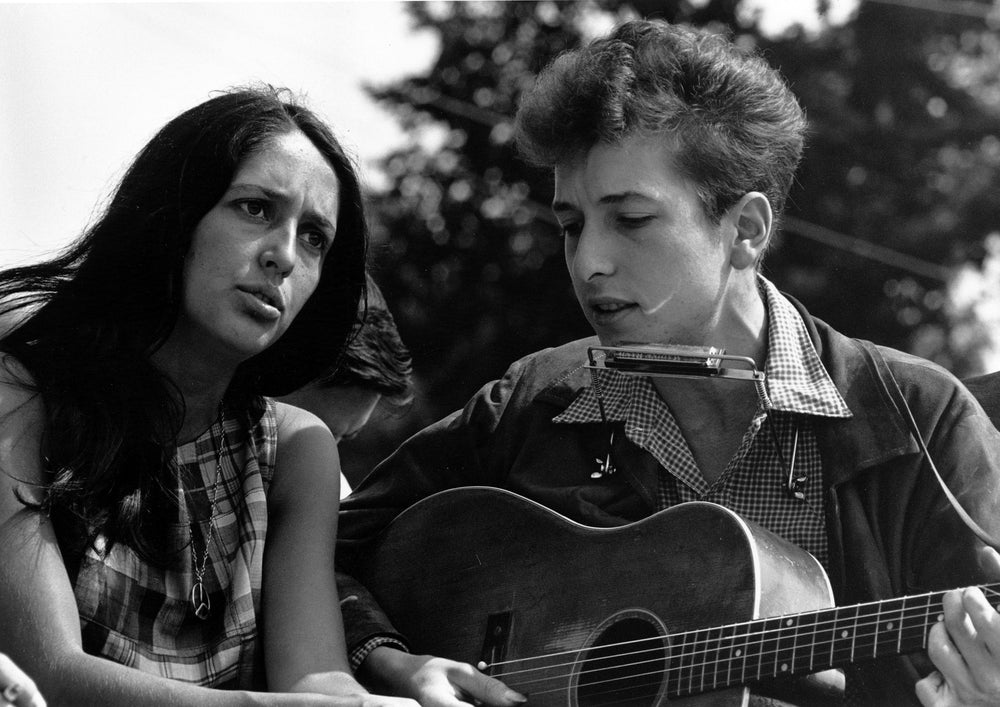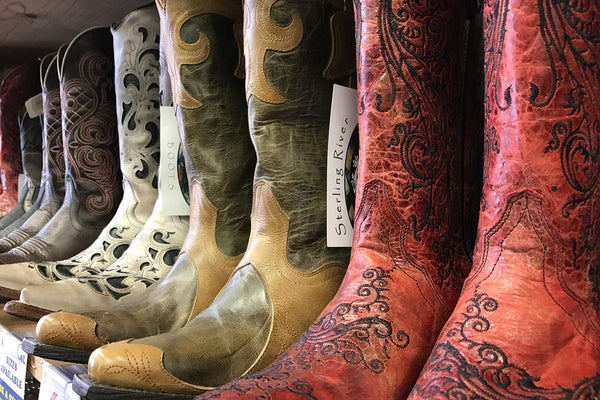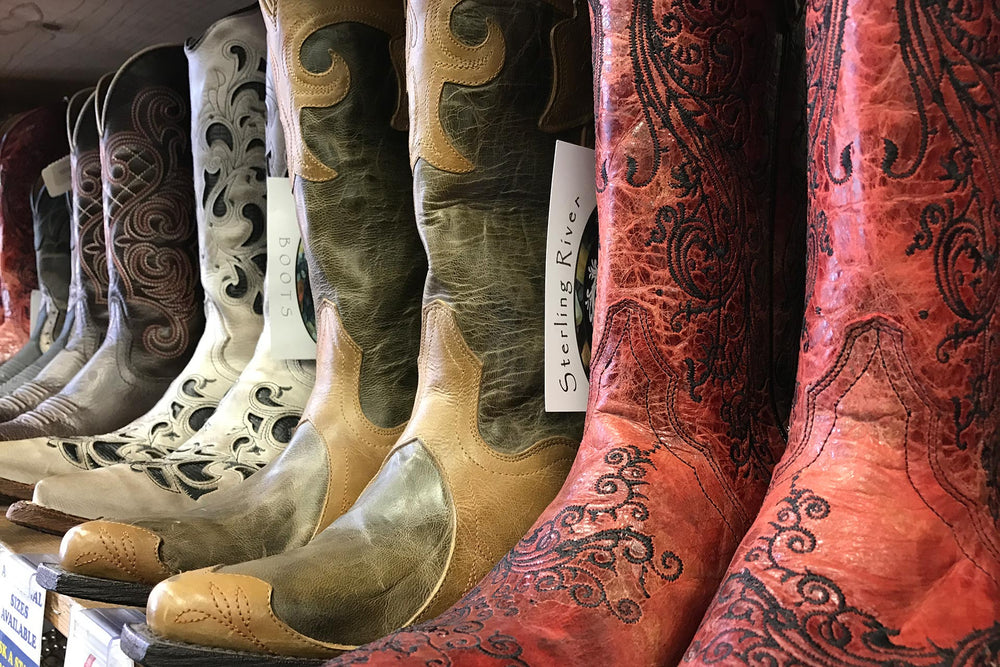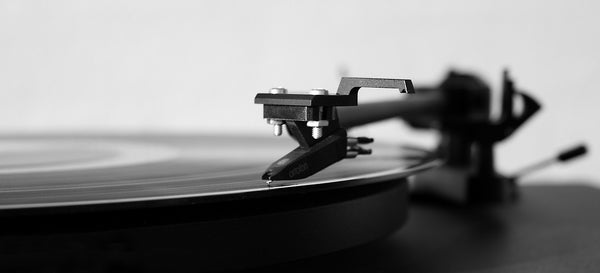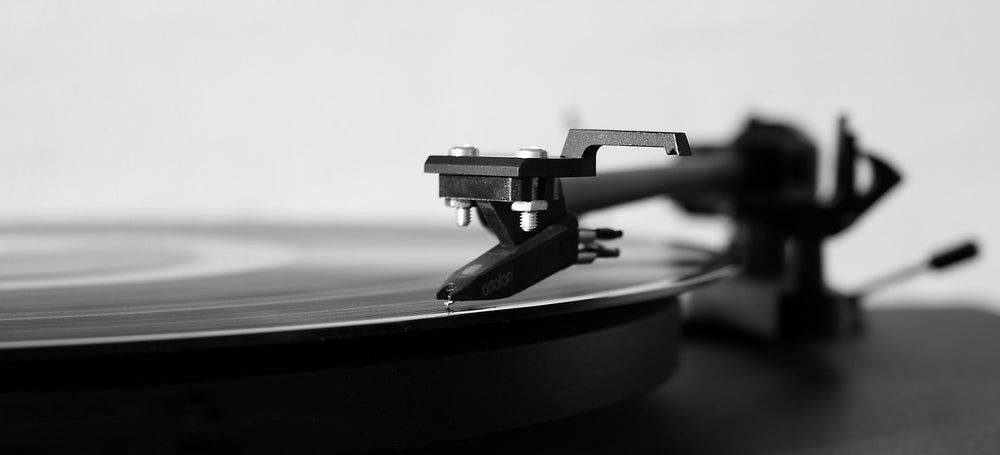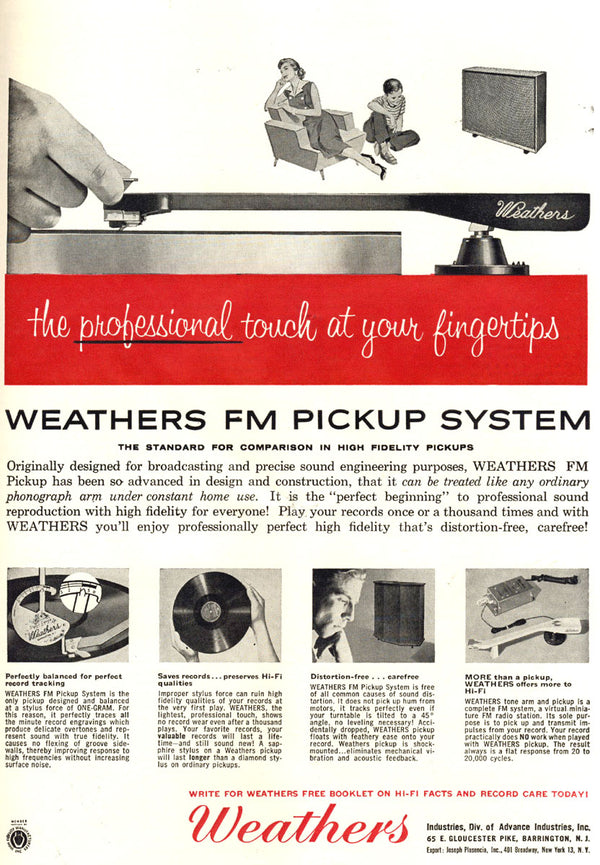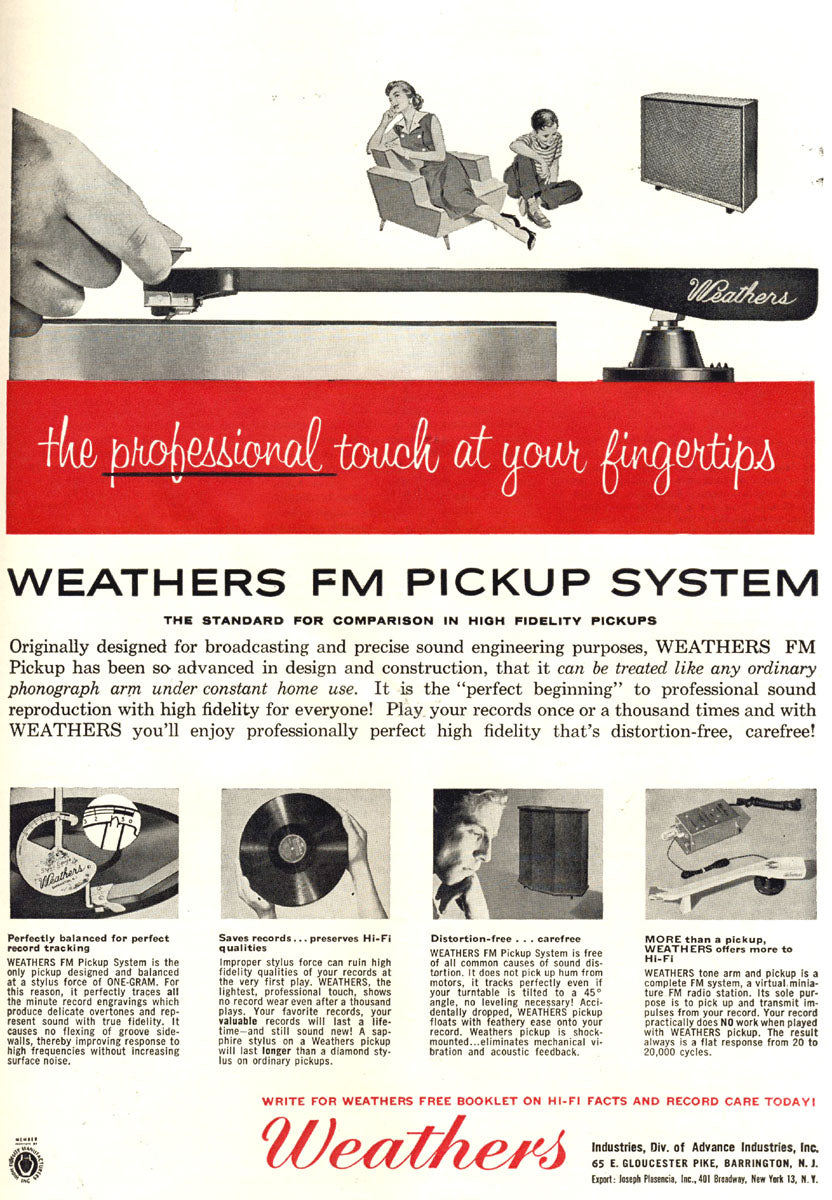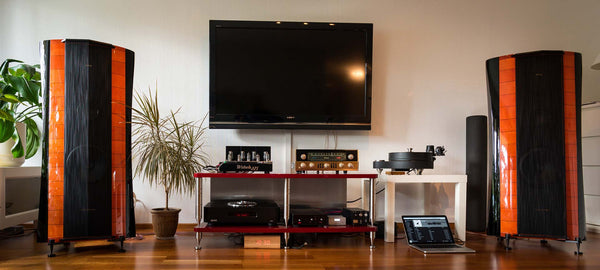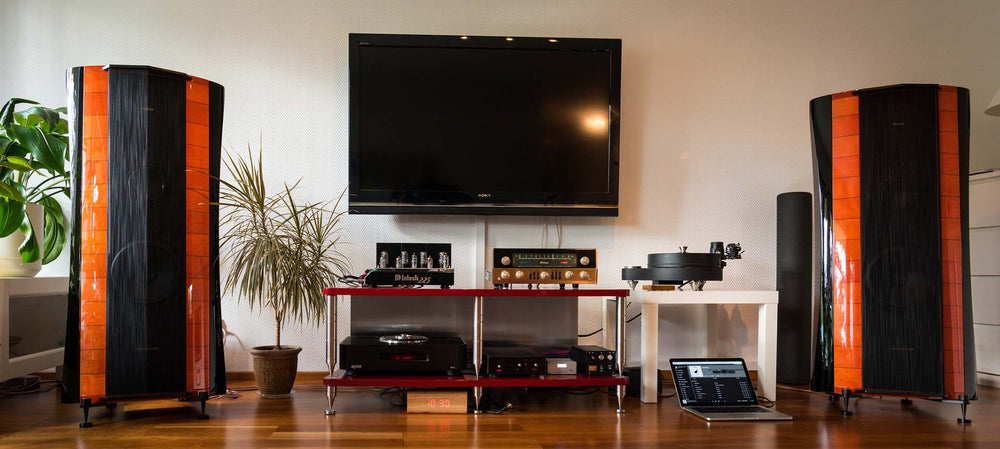Part 1: Human Nature.
We just don’t get no respect, us audio engineering types. After all, we were the kids who founded audio clubs, spent our free time at whatever hifi boutiques would allow us in, and memorized the calendars of every venue within a 100 mile radius. The nuts who spent every dime from mowing lawns and paper routes on records and hifi magazine subscriptions, who could solder and read schematics long before we could drive.
My own story is far from unique: music has been a central pillar of my existence as far back as I can remember. The AM radio by my bed, my Dad’s hifi, childhood music lessons, marching bands and school orchestras, basement rockers, jazz clubs, concert halls, stadiums and punk shows, these comprise the essential icons and memories of my life. I built my first tube amp at 11 and my first home-brew turntable at 15. I’ve lost count of the Heathkits, Dynakits and Eicos that I assembled for myself or finished for floundering friends.
When my friends were saving up for their first car, I was saving up for a better tonearm. They spent their weekends playing sports, dancing and drinking. I spent mine listening ecstatically in the dark or reading every hifi magazine and equipment brochure I could get my hands on. Sound familiar? I bet it does!
When it dawned on me that I could make an actual career in the field, I didn’t think twice. I majored in electrical engineering with a specialization in audio, psychoacoustics and human hearing, and minored in music composition. From the design lab to the factory floor, from the concert hall to the recording studio, my ears have been bringing me great joy and paying the bills for my entire adult life.
My point here? No need to lecture me about audio obsession and perfectionism; it’s my world; I get it. I worship music, musicians and high performance audio above all else. But, the minute I try and discuss objective audio testing and questions of audibility, I get written off as a tin-eared meter-reader, with a crappy system, to boot! Why is that? Of course, conflict sells newspapers, and conflicts require opposing camps. Since the first wave of hardcore audio subjectivism in the early- and mid- 1950’s, the high end press has built its business model largely on a contrast with the “mainstream” audio world, questioning the quality and performance of mainstream products, the listening skills and hearing abilities of mainstream consumers and the corruption and ineptitude of the mainstream hifi press. True or not, this contributes to the antagonistic situation. Still, the way I see it, there is something more fundamental at work: human nature.
In an evolutionary context, few things are more important to an organism’s survival than its ability to accurately and reliably evaluate the environment around it. Our primary senses make up the very foundation of our daily existence. As a result, humans rely heavily on eyes and ears to navigate the world, and come to trust them implicitly. Thus, we hold our perceptions in very high regard.
Having the reality or accuracy of these perceptions questioned in any way feels like an indictment of our innate abilities, our intelligence, even our sanity itself. Further, most everyone wants to hear and emphasize sonic differences between products and technologies, whether they exist or not. Manufacturers, both high end and mainstream, make a big effort to advertise them, and structure their product lines around their existence. Reviewers completely depend on them for their livelihood. Listeners use them to feel justified and gratified about their systems.
The bottom line here is that, if anything suggests that we are perhaps being mislead by our hearing, it feels like a criticism; our first instinct is to reject the claim as flawed or irrelevant. If a lot of tests and experiments go on to yield a similar conclusion, our tendency is to reject the entire experimental methodology, or the even the fundamental idea that our hearing is capable of being meaningfully evaluated in the first place. This is basic human nature, and not at all unique to audio. Nobody is quick to accept information that contradicts their thinking and experience.
From a scientist or engineer’s point of view, the problem is that, as remarkable as our ears are, they have clear limitations and are far from 100% reliable or consistent. For one thing, the human hearing system is not really the simple machine that we learned about in high school. Over the last few decades, researchers have learned that hearing is actually a very sophisticated neurological process, with portions of the inner ear sending control signals to other areas, and with the brain even sending real-time control signals back down to the hair cells in the cochlea to adjust their characteristics from moment to moment as we listen. (That’s one reason we can hear pitch so accurately.) Thus, the brain doesn’t just interpret what comes to it from the ear, our brains are actually a critical and inherent part of what we hear and perceive.
I am both amused and frustrated when, as often happens, I am told by an audiophile that they understand their personal biases and have factored them out of their decision making process. Or, worse, that since they had a limited budget, their preference for a more expensive amp must indicate an objective stance. Such statements display a profound naivete and misunderstanding about the difference between a conscious and an unconscious bias, and about the nature of biases themselves. As any professional psychologist or cognitive researcher will tell you, biases simply cannot be inferred from expectations, hopes or desires, nor can one’s unconscious biases be correctly inferred from the conscious biases one is aware of. Indeed, that is the very definition of the term, “unconscious.” This is well-established and indisputable, and so I will not discuss it further.
As you can imagine, all this makes the scientific evaluation of audio equipment a difficult and nuanced game. Sound causes hearing, but desire affects hearing. Expectation affects hearing. Mood affects hearing. Visual input affects hearing. Opinions affect hearing. Biases affect hearing. These factors are not just “mental.” They can actually influence what one can or cannot physically sense, in addition to influencing how one cognitively evaluates what one is hearing.
Failing to account for the unstable nature of human hearing can lead a designer down a hall of mirrors, modifying and remodifying a product for months, only to come back to where they started. Sure, biases and opinions are perfectly appropriate for an audio consumer, I get that. After all, what really matters is that you like what you like! But, these things are hell for an equipment designer. Each listener has their own unique perspective, as does the designer them self, and so it becomes crucially important to try and understand what a product is really doing to the sound in order to fine tune, replicate or improve its performance. What’s a mother to do?
Enter objective testing. Simply put, objective audio testing is an attempt to understand the performance of audio equipment isolated from any external factors which might affect the perception of sound, but not the actual behavior of the device. Think for a moment about why a speaker designer needs an anechoic chamber. It’s not because their customers listen at home that way. It’s not even the way the designer listens and tunes their own product. Rather, it is simply a technical tool to help the designer isolate and study the intrinsic behavior of a speaker, free from external acoustical influences, so it may be adapted correctly to the variety of different rooms it will actually be used in.
Objective testing is important for the same reason; it is used to isolate and study the intrinsic behavior of an audio device or process free from external factors. Objective testing is used to investigate and understand inherent sonic characteristics and thus to allow the designer to achieve whatever their goals are under whatever range of actual listening conditions they wish to optimize for. It is used to properly set and prioritize design goals, evaluate component parts, make design revisions: it is essential! Rest assured that there would be no such thing as high fidelity audio equipment in the first place were it not for the ability of designers to dissect and improve their ideas using objective methods and tools.
[Ken will conclude this piece in the next issue of Copper—Ed.]



